|
In June 2021, Mark McOmber decided to do a soil fertility test and organic matter test for his Back to Eden Garden that has been no-till, regenerative organic, for over a decade. He gathered soil from 13 locations throughout his garden and mailed a cup of soil to Penn State University. In less than 2 weeks he received the analysis in the mail. You will be blown away by the remarkable results!!! SOIL NUTRIENT LEVELS Phosphate: 252 lb/A Potash: 499 lb/A Magnesium: 837 lb/A Calcium: 10518 lb/A Soil pH: 6.8 SOIL ORGANIC MATTER 38.8%
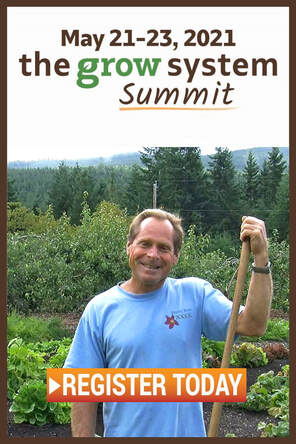 Paul Gautschi is one of the top 10 experts featured in The Grow System Summit 2021! Your FREE ticket gives you access to the entire event including Paul's LIVE interview! From Friday, May 21 through Sunday, May 23, you will have the opportunity to watch each expert interview LIVE (or watch the replay of each interview for a full 24 hours)! Your FREE TICKET entitles you to access to the entire Grow System Summit:
Back to Eden Gardening website grew from the dream to provide gardeners and farmers with the best gardening supplies and resources to grow a no-till, organic, vegetable garden. We offer all the no-dig gardening and no-till farming supply products in one ethically curated place. We recommend a handful of products including Non-GMO heirloom seeds, organic mulches and compost, cover crops, no-till farming equipment, wood chippers, arborist pruning tools, organic gardening supplies, quality crafted gardening tools, and so much more! As avid gardeners, we see a big gap in the market for gardening and farming supplies that cater to sustainable permaculture, no-till gardening, and regenerative agriculture although the popularity continues to rise. Our hope is to guide you on our journey back to Eden gathering all of the information and tools you need to grow your own food with less work!
Winter is the invigorating time of year when master arborist Paul Gautschi prunes his fruit trees. Winter is the best time of year to prune your trees because they are dormant which means they are in a sort of state of hibernation from growth. Timing is important to consider when pruning trees because it is easier for the tree to recover properly from the pruning. It is also vital for optimal growth and fruit production to occur in the coming seasons. When you prune in the winter you give your trees a huge jumpstart on their ability to put our healthy vigorous new growth in the Spring. Pruning fruit trees in the spring, summer can actually cause more damage to your trees than benefits, especially when done heavily.
THe gautschi pruning technique
Ever wonder how Paul's fruit trees look so magical and are abundant with so much sweet hanging fruit? Paul Gautschi has been a professional arborist for most of his life and is known for his skillful Japanese influenced pruning techniques. His unique pruning art aims to remove unnecessary branches that open up the tree and lace out in the interior growth. The end result of Paul's pruning technique aims to appear as though the tree was not obviously pruned. On the contrary, many western pruning guides instruct to chop a tree branch off partway up the branch. This style of pruning results appears not only ineloquent and butchered but can also be detrimental to the tree's natural growth preferences and even cause rotting, insect infestations, and disease. Paul has experience with a wide variety of fo trees from his whimsical looking fruit orchard trees to 200 feet tall conifer trees. Today we will teach you the basics of what you need to properly prune trees like master arborist Paul Gautschi for getting the maximum production your of your fruit trees.
PruNING Tools
To prune your trees like Paul first you'll need the proper tools. Paul does most of his fruit tree pruning with simple but very high quality made tools. He uses the Japanese Samurai Saw for sawing larger branches and Felco Pruning Sheers for trimming twigs. He also uses a simple drop cloth to help easily gather his tree trimming waste and take it to a local compost facility t be chipped up and recycled into mulch.
How to Prune Fruit trees
How Much to Prune
During the winter it is an ideal time to prepare for pruning your fruit tree orchard. Your goal should be to open up space inside the tree branches. For younger trees be careful not to remove too much of the tree until it is more mature and has been established for several years. For established fruit trees you generally will not want to remove more than 1/3 of the total tree branches to start. The goal is to remove enough growth to allow for optimal sunlight filtration, air circulation, leaf growth space, fruit production space. However, do not remove too many of the essential branches or your tree will not be able to fill out with enough leaf growth to pull in energy from the sunlight that stimulates flower and fruit production.
Identify Cross Overs
First, observe the tree structurally. Look for any obvious branches that are crossing over one another that could be potentially interfering with one another growing space. You will want to remove these branches first. Keep in mind never to remove the main central branches so that the structure of your tree remains balanced and strong enough to hold the weight of abundant fruit growth. How to identify these branches takes a careful eye for observation. The best way to describe what you are trying to achieve is to see Paul Guatschi's end results in the video above. The trees look almost like a hand reaching into the sky when he is done. It appears as though almost too much of the tree is removed to a beginner's eye. But it is easy to see that there are plenty of evenly spaced strong limbs remaining intact. Cut at the Collar Start with your Felco Sheers to get warmed up to trimming. Cut the twigs at the base where they meet the tree branch as cleanly as possible. Do not chop off the twigs partway up the branch leaving an open stub. Remove suckers at the tree base and twigs that are shooting upwards or crossing over one another's potential growing space. Next, use your Samurai Saw to remove any larger branches that are growing in the wrong direction or interfering with one another. Again, cut the branch off at the collar, the area where the branch meets the tree trunk or other main branch. Think of yourself as a surgeon with the goal of making as few open wounds or messy cavities in your patient. A cavity can form at the site of a pruning area that is not cut properly. As you work, periodically step back to keep track of the bigger picture of your tree. It is important to keep the shape of the whole tree in mind to maintain balanced pruning as you work. Try to imagine the limbs with full leaves and fruit all over them. Try to imagine the branches like they will be in a few years, longer and larger than they are now.
Benefits of Pruning Fruit trees
Omlet Automatic Chicken Coop Door is the safest and most convenient way to let your chickens in and out of their coop. There are numerous actions you can take to ensure your chickens are safe but investing in an Omlet Automatic Chicken Coop Door is highly recommended! Yes, it's worth the investment!
What is an Omlet Automatic Chicken Coop Door?
The Omlet Automatic Chicken Coop Door is the world's most innovative auto chicken coop door designed to work with all chicken coops. It has a powerful electric motor and metal gear that is directly mounted on the door frame for maximum security. Unlike other automatic chicken coop door openers that work on a string and pulley system, the Omlet Autodoor cannot be simply lifted up when shut. This means that predators will not be able to move the door when it is closed, no matter how hard they try. Your chickens can sleep soundly knowing they have the most secure automatic door in the world.
Get 10% OFF with the promo code: BACKTOEDENCHICKEN
Why invest in an Omlet Automatic Chicken Coop Door?
The top reason to invest in an automatic chicken coop door is to keep out natural predators who want to eat your flock of chickens at night including foxes, skunks, raccoons, coyotes, bobcats, owls, hawks, etc.
How to Install an Omlet Automatic Chicken Coop Door?
The Omlet Automatic Chicken Coop Door is universal and equipped to work with any chicken coop. The best part is that it is easy to install. The Autodoor is available in two colors: green or grey. We chose grey to go with the color of our chicken run. It comes with all the necessary hardware, you just need a few tools and AA batteries. Since we were installing the door on a wooden chicken coop that already had a door, the most challenging part was creating a wood backing that went between the automatic door and the chicken coop. We needed a circular saw, drill, screwdriver, and screws for installation. Thankfully, the door has an instruction manual that is easy to follow.
There are numerous actions you can take to ensure your chickens are safe but investing in an Omlet Automatic Chicken Coop Door is highly recommended! First of all, chickens are creatures of habit -- they routinely wake up with the sunrise and take themselves to bed just after sunset.
Of course, we don't solely rely on the automatic chicken coop door. Please, always go and check on your roosters and hens to ensure everyone is safely inside their coop!
Get 10% OFF with the promo code: BACKTOEDENCHICKEN
The best addition we've made to our chicken coop is the Omlet Automatic Chicken Coop Door and Coop Light which ensures our chickens are secure and safe from predators inside their chicken coop at night. If you are in the market for an automatic chicken coop door, look no further!
|
AUTHORSCategories
All
|
||||||||||||||||||
BACK TO EDEN GARDENING |
JOIN THE MOVEMENT |
CONTACT US |
© 2022 Back to Eden Film. All rights reserved.


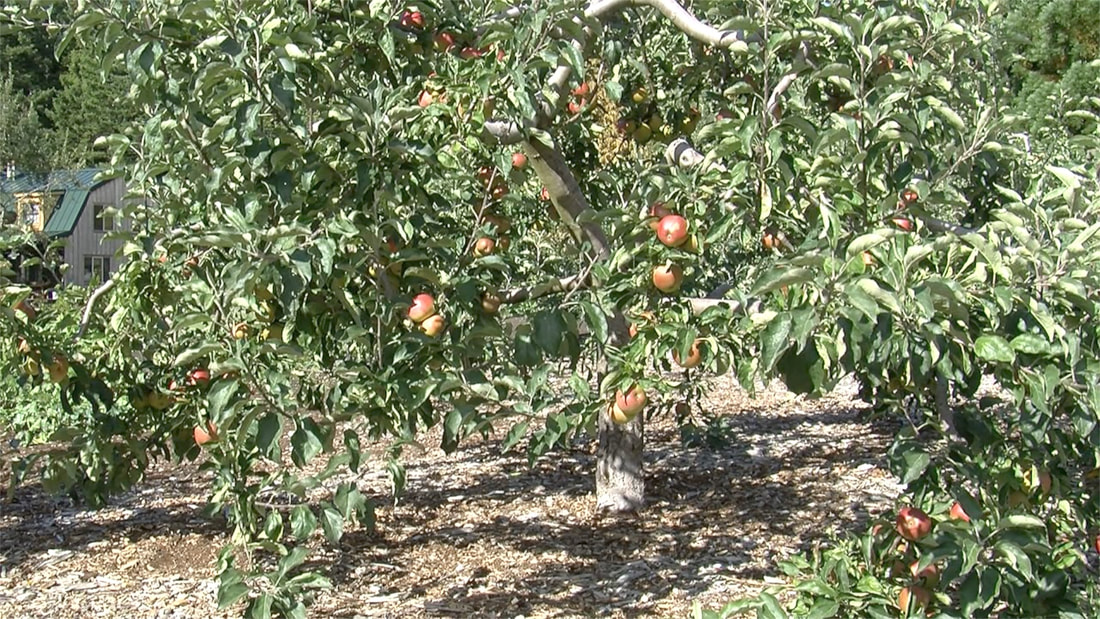


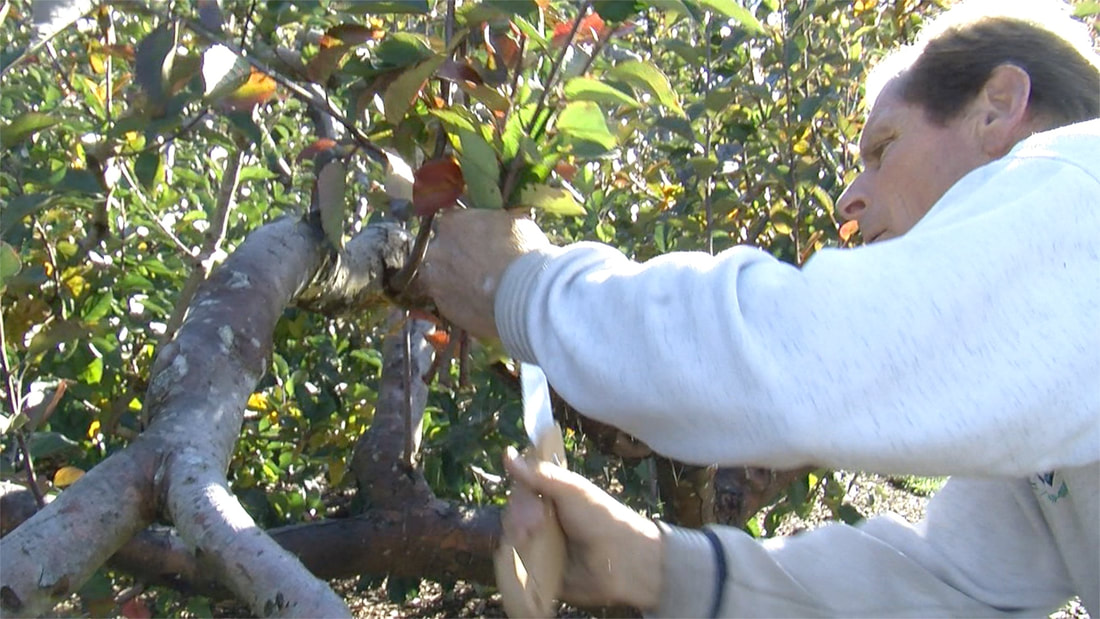
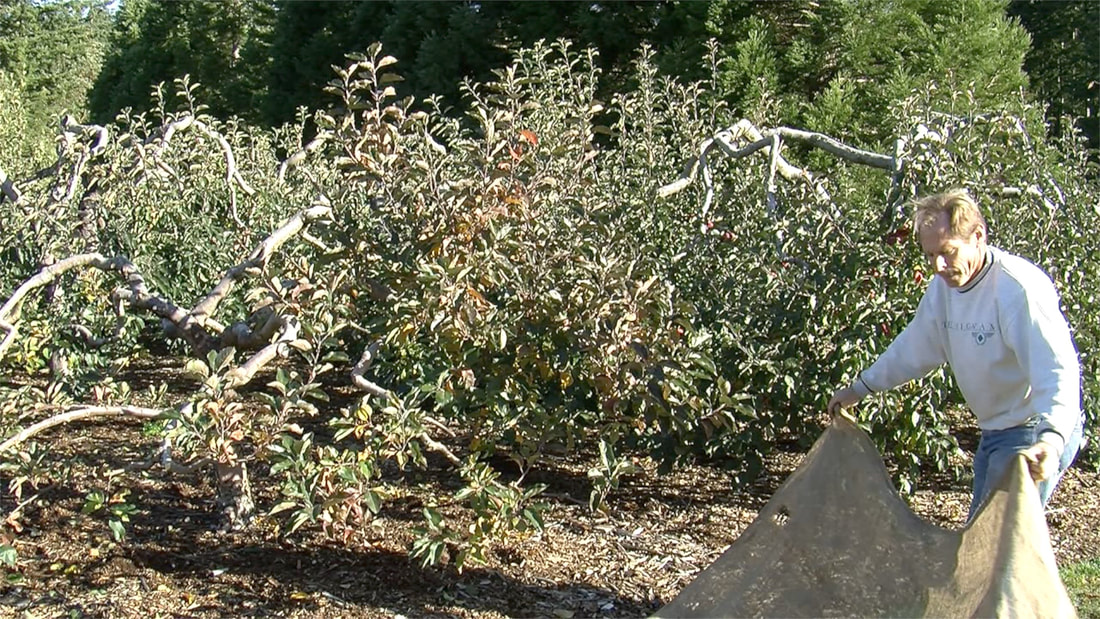
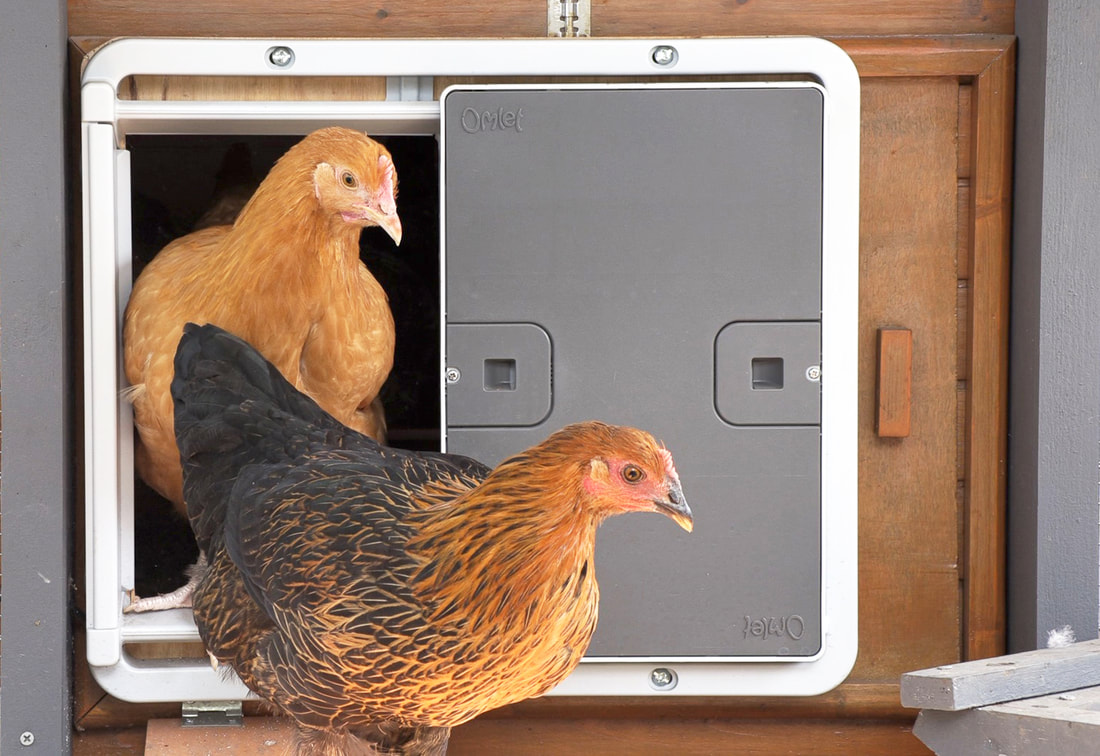
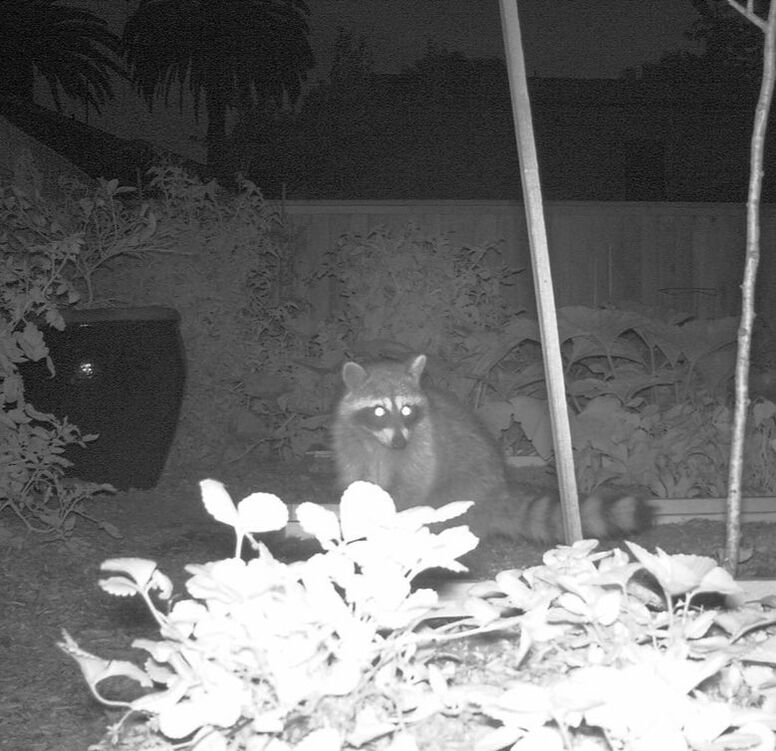
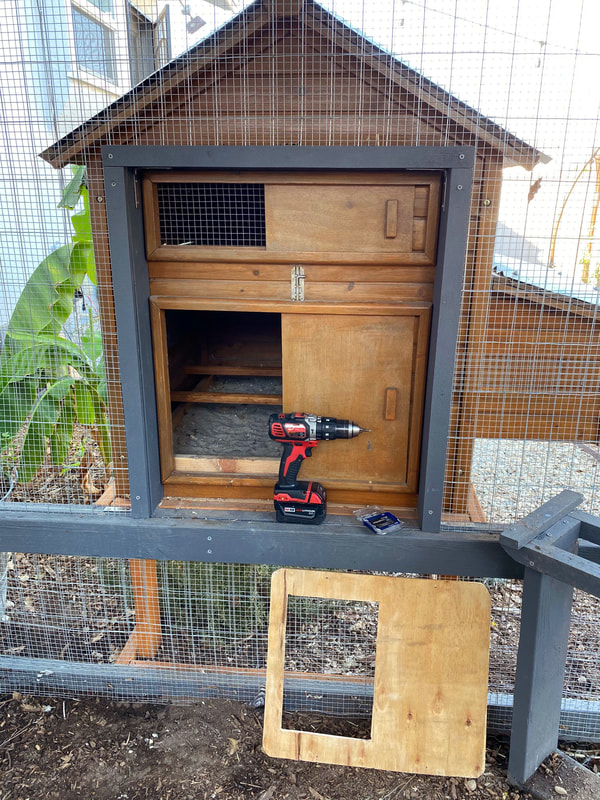
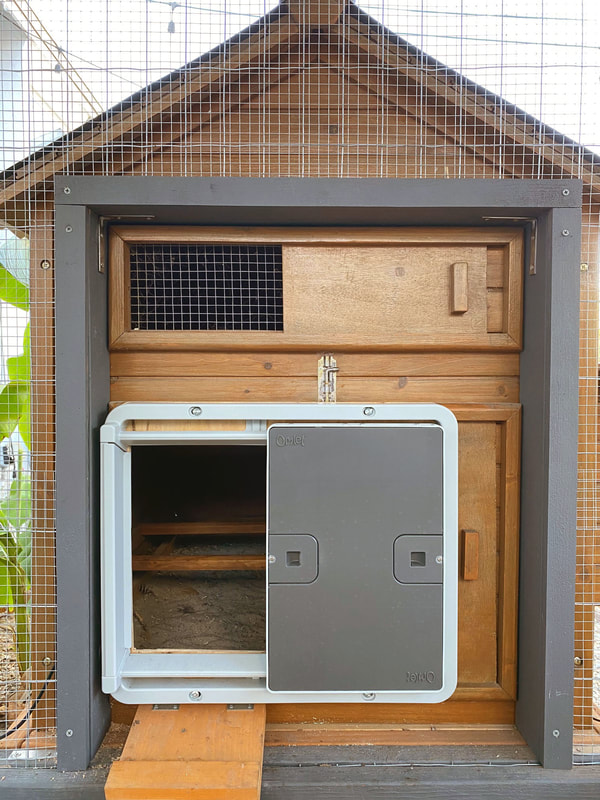
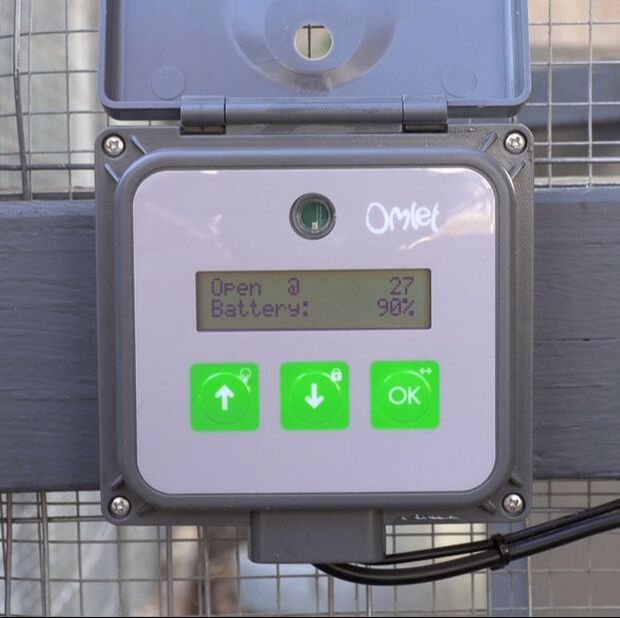
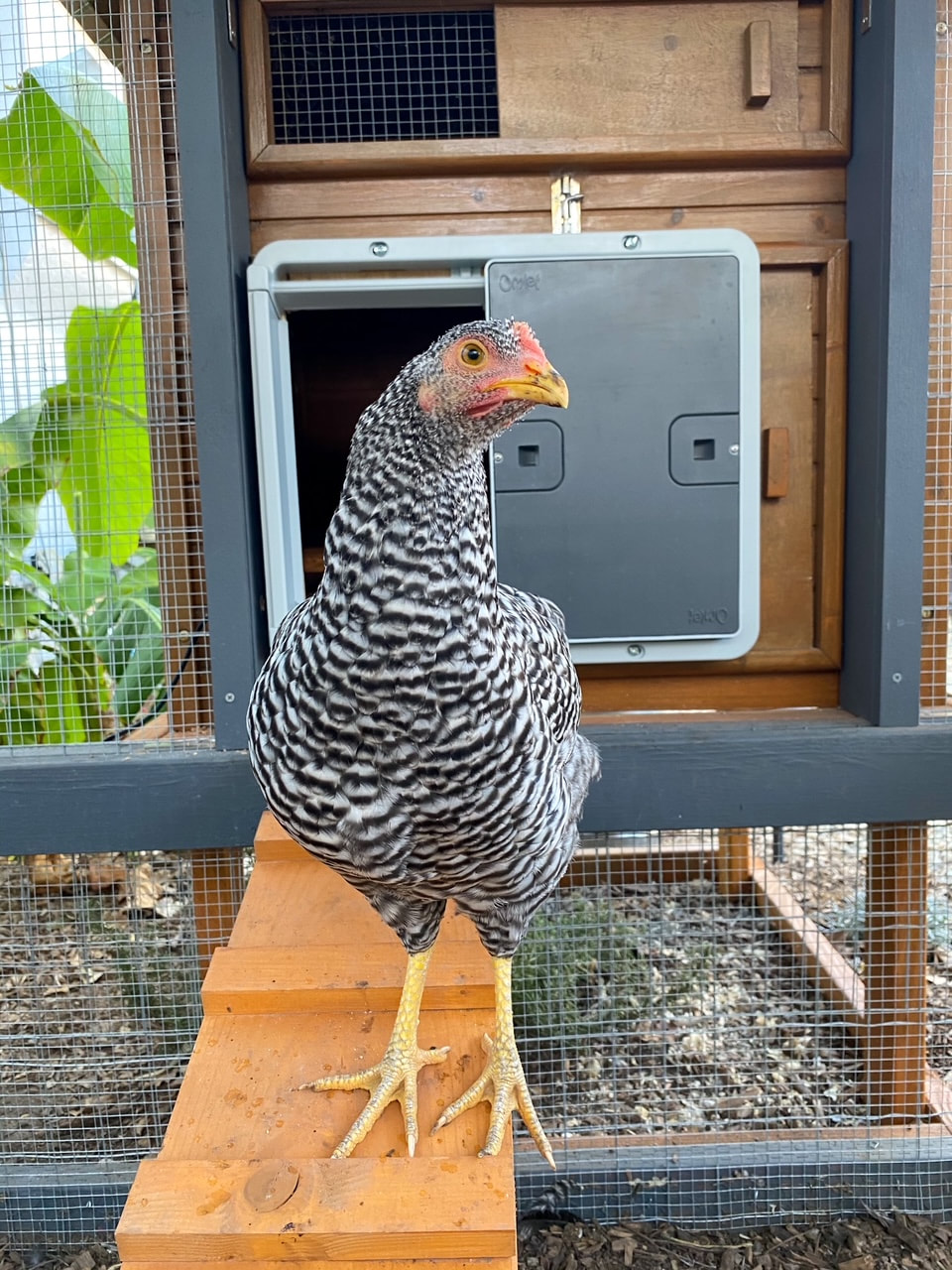
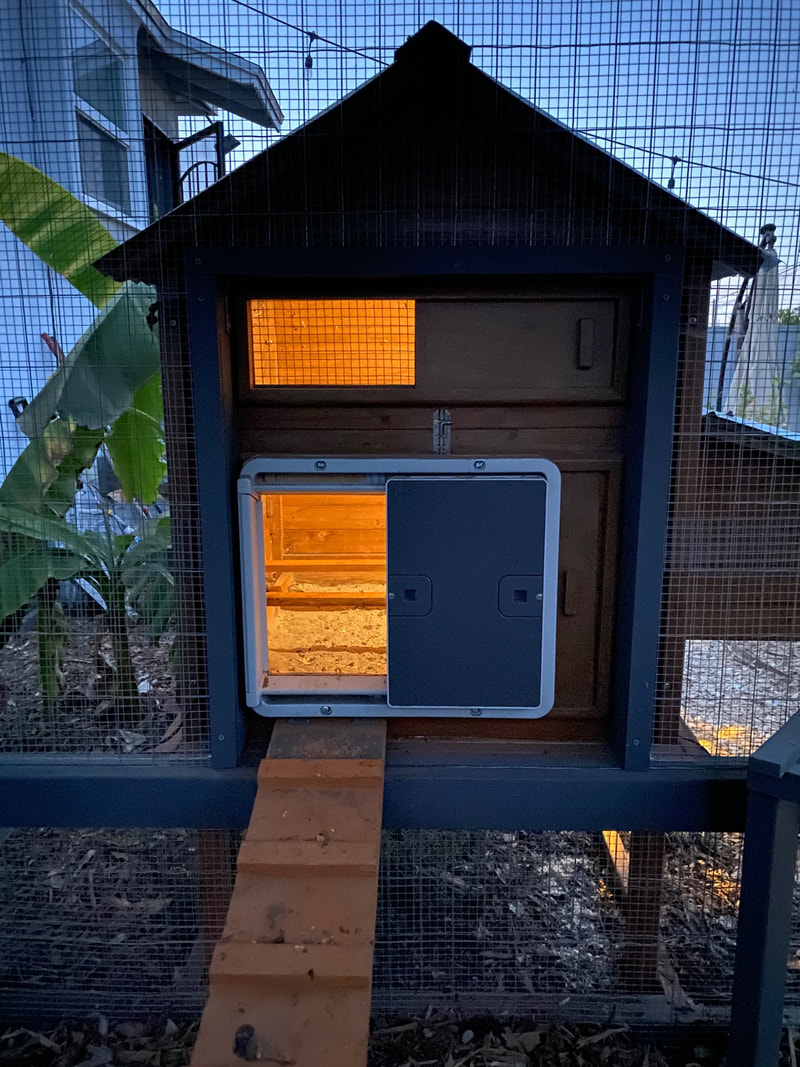
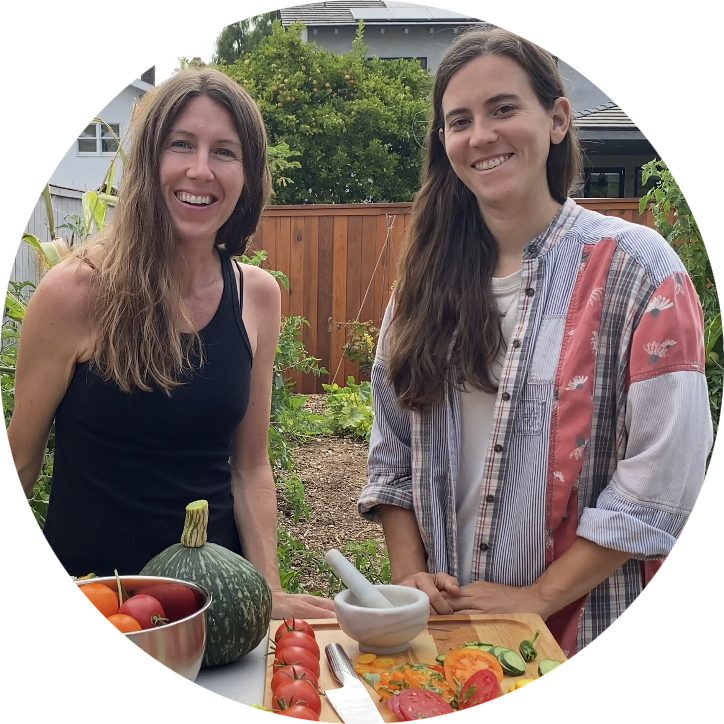
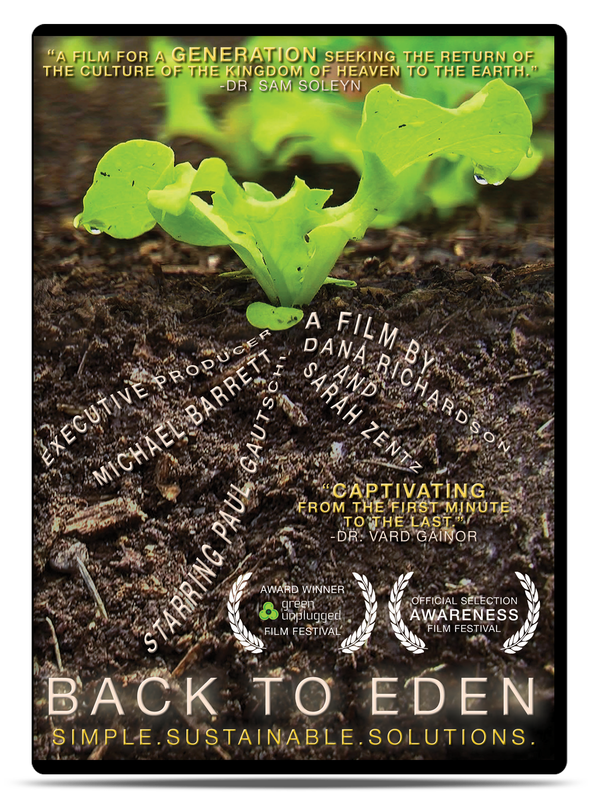

 RSS Feed
RSS Feed